Servo systems are widely used in manufacturing, laser processing equipment, industrial robotics, and various robotic and motor applications. But if you’re just starting to dip your foot into the world of servos there are plenty of terms you probably have never heard of.
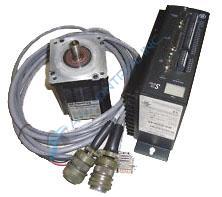
Here’s a short overview of some of the most common servo-related questions. Reading through these snapshots should help you understand some of the most common terms related to servos.
What is a servo system?
A servo system, or servo mechanism, includes a moving device, a sensor, and some sort of logic that can compare a desired set point to an actual point, then drive the moving device until the desired and actual match.
In real terms, this usually means the moving device is an electric motor, the sensor is an encoder, and the logic is supplied by a motion controller.
What is a motion controller?
Motion controllers create controlled motion profile sequences for other devices while monitoring and adjusting for speed and position errors. These are the brain of a motion control system and typically work as a closed circuit, comparing feedback signals to actual output so as to reduce errors to zero.
A number of different kinds of motion controllers exist. This includes autonomous controllers, PC-based controllers, and microcontrollers, or MCUs. These controllers can be open loop or closed loop systems.
What’s the difference between an open-loop and a closed-loop system?
Open loop systems are simple and cheap, but don’t rely on feedback loops for adjustment. Closed-loop systems tend to be more complex and more expensive, but can also offer more finely-tuned outputs. Here’s an example of the difference between the two.
It’s July and your air conditioner suddenly dies. You go out and buy two fans, one for your living room and one for your bedroom. The living room fan is a cheap box fan with an on/off switch, but the one for the bedroom actually has a thermostat that controls the fan.
All day long, both fans run. As night falls and the temperature begins to drop, the box fan in the living room keeps going, even though now the surrounding temperature has gotten so comfortable the moving air is too much all the time. But the bedroom fan is different. It’s cycling on and off, keeping that room at a nice temperature. If the room starts to heat back on it kicks back on for a few minutes, but otherwise, it takes a break.
That’s the difference between an open-loop (no feedback) and a closed-loop (with feedback) system.
What’s the difference between servo brushed and brushless systems?
Most motors used in servo systems tend to be brushless but from time to time you may come across a brushed permanent magnet motor. What’s the difference?
Brushed DC motors are built using wound wire coils, called an armature. These work as an an electromagnet inside the motor that work against the magnets located on the outside of the motor. A rotary switch called a commutator reverses the polarity of the armature twice per cycle. This is what creates the current running through the brushed motor.
By contrast, the brushless motor has a magnet as its external rotor. Inside it has a specialized sensor that tracks the rotor position and three phases of driving coils. These coils are activated one after another by the controller via reference signals.
Other terms to research
If you want a deeper understanding of servo position controllers, we suggest doing independent research on these terms:
- Accumulated Pulse
- Angular Position
- Deviation Counter
- Encoder
- Gain Adjustment
- Incremental Encoder
- PID Control
- Position Control
- Resolution
- Speed Control
Contact AX Control today for your Servo and motor needs.

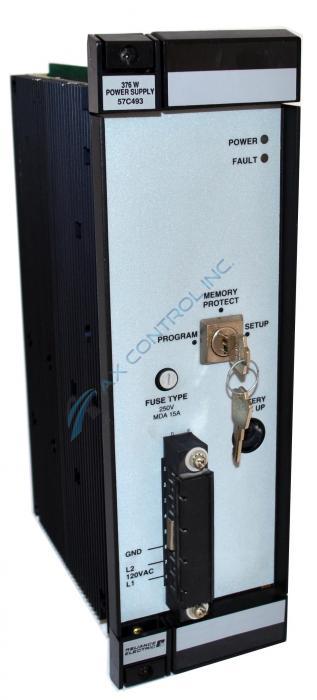
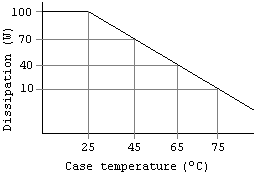
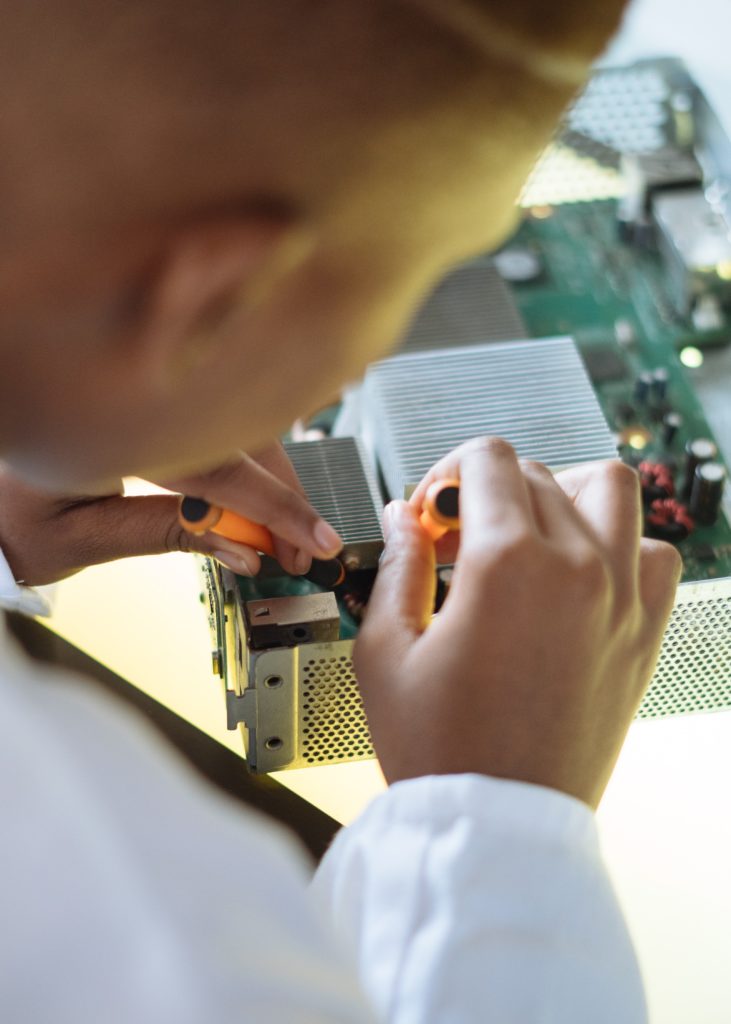
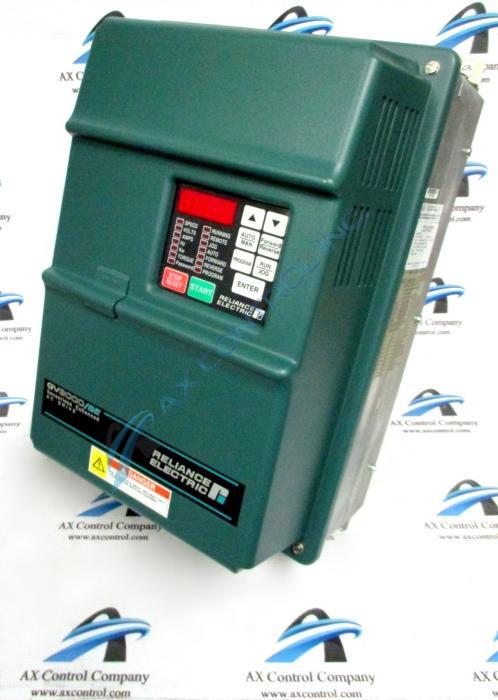
You must be logged in to post a comment.